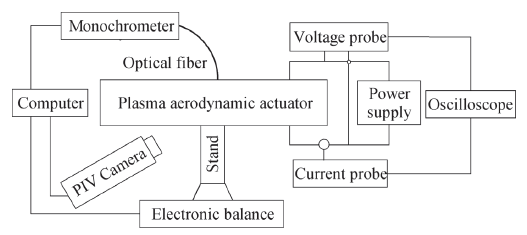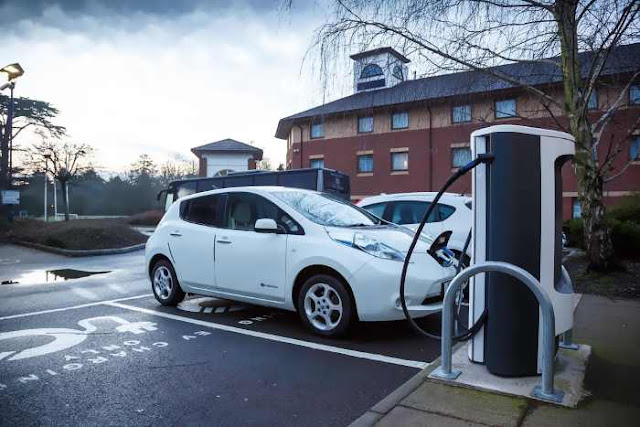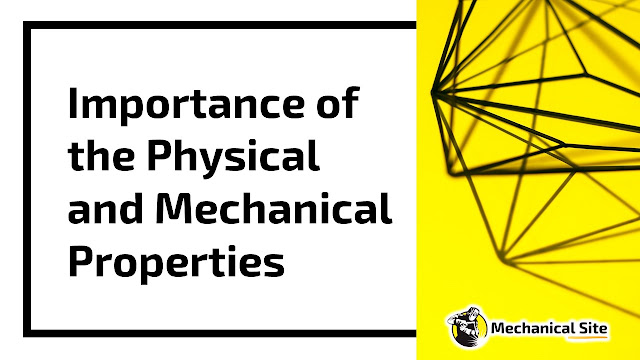Plasma Flow Control & Aerodynamic Actuation
Plasma flow control, based on the plasma aerodynamic actuation, is a novel active flow control technology to improve aircraft’ aerodynamic characteristics and propulsion efficiency.
Plasma flows control has drawn considerable attention and has been used in boundary layer acceleration, airfoil separation control, forebody separation control, turbine blade separation control, axial compressor stability extension, heat transfer, and high-speed jet control.
A plasma aerodynamic actuator has many advantageous features including robustness, simplicity, low power consumption, and the ability for real-time control at high frequency.
The principle of plasma aerodynamic actuation and its application in subsonic and supersonic flow control was summarized.
In order to better understand the underlying physical mechanism of plasma flow control and optimize the geometric configuration of the actuator, the characteristics of the plasma aerodynamic actuation, including gas temperature, electron density, temperature, induced body force, velocity, and vorticity were investigated.
Both wind tunnel experiments and computations were performed to investigate the flow control capability of plasma aerodynamic actuation for airfoil separation control, corner separation control, axial compressor stability extension, and shock wave control.
Plasma aerodynamic actuation
The mechanism for plasma flow control can be summarized as momentum effect, shock effect, and chemical effect. The momentum effect induces a near-surface flow velocity of 1-6 m/s. The shock effect induces local gas pressure or temperature rise near the electrode.
The chemical effect adds new particles, such as ions, electrons, and excited particles, into the flow field. Surface dielectric barrier discharge plasma aerodynamic actuation is typically used in subsonic plasma flow control, while arc discharge plasma aerodynamic actuation is mostly used in supersonic and hypersonic plasma flow control. Plasma aerodynamic actuation generated by corona discharge, radiofrequency discharge, and microwave discharge is also widely investigated.
Surface dielectric barrier discharge plasma aerodynamic actuation
A schematic of the dielectric barrier discharge plasma aerodynamic actuator is shown in figure 1.
Signals are recorded on an oscilloscope (DPO4104, Tektronix Inc.). Optical emission spectroscopy is measured by a 0.5m monochrometer (TRIAX550, Jobin Yvon Inc.) through an optical fiber collector, 1 cm over the surface of the dielectric layer.
The detector of the monochrometer is a set of photon counting system (Model 76915, Oriel Inc.). The slit width and the calibrated resolution, in this case, are 20μm and 0.05nm. The emission intensity is averaged temporally and spatially. Body force induced by the plasma aerodynamic actuation is measured by an electronic balance(ABS 204-S, Mettler Toledo Inc.).
Velocity and vorticity induced by the plasma aerodynamic actuation is measured by Particle Image Velocimetry (Lavision). The air is seeded by the vaporization of mineral oil with a mean size of about 0.3 μm.








